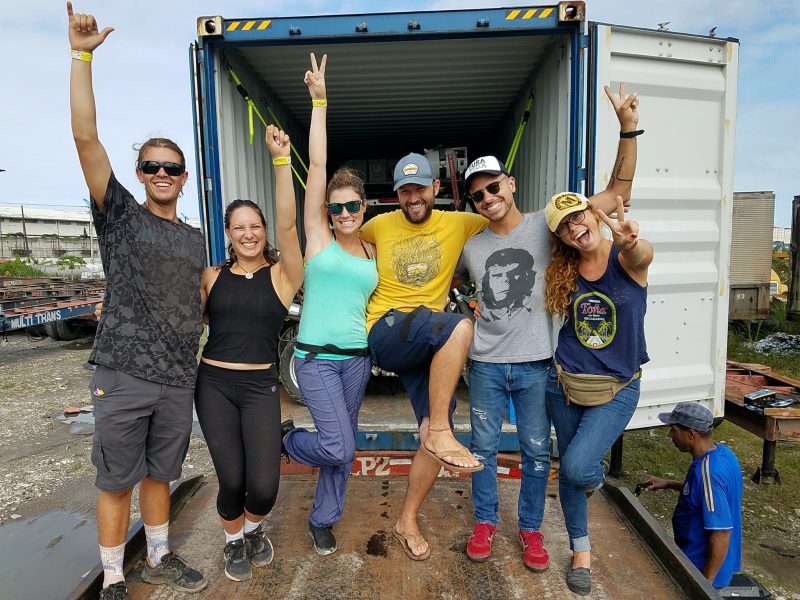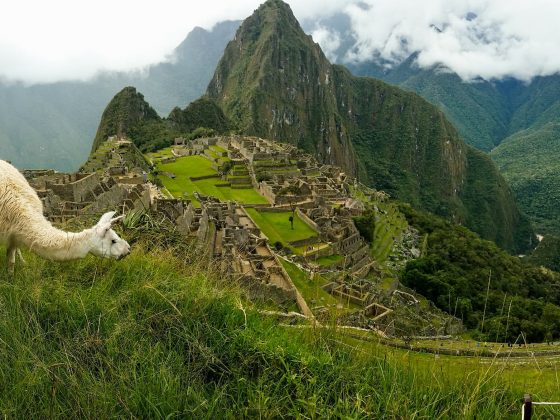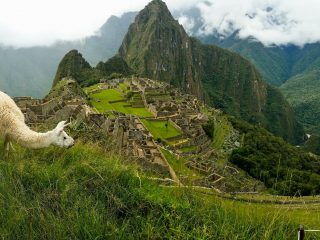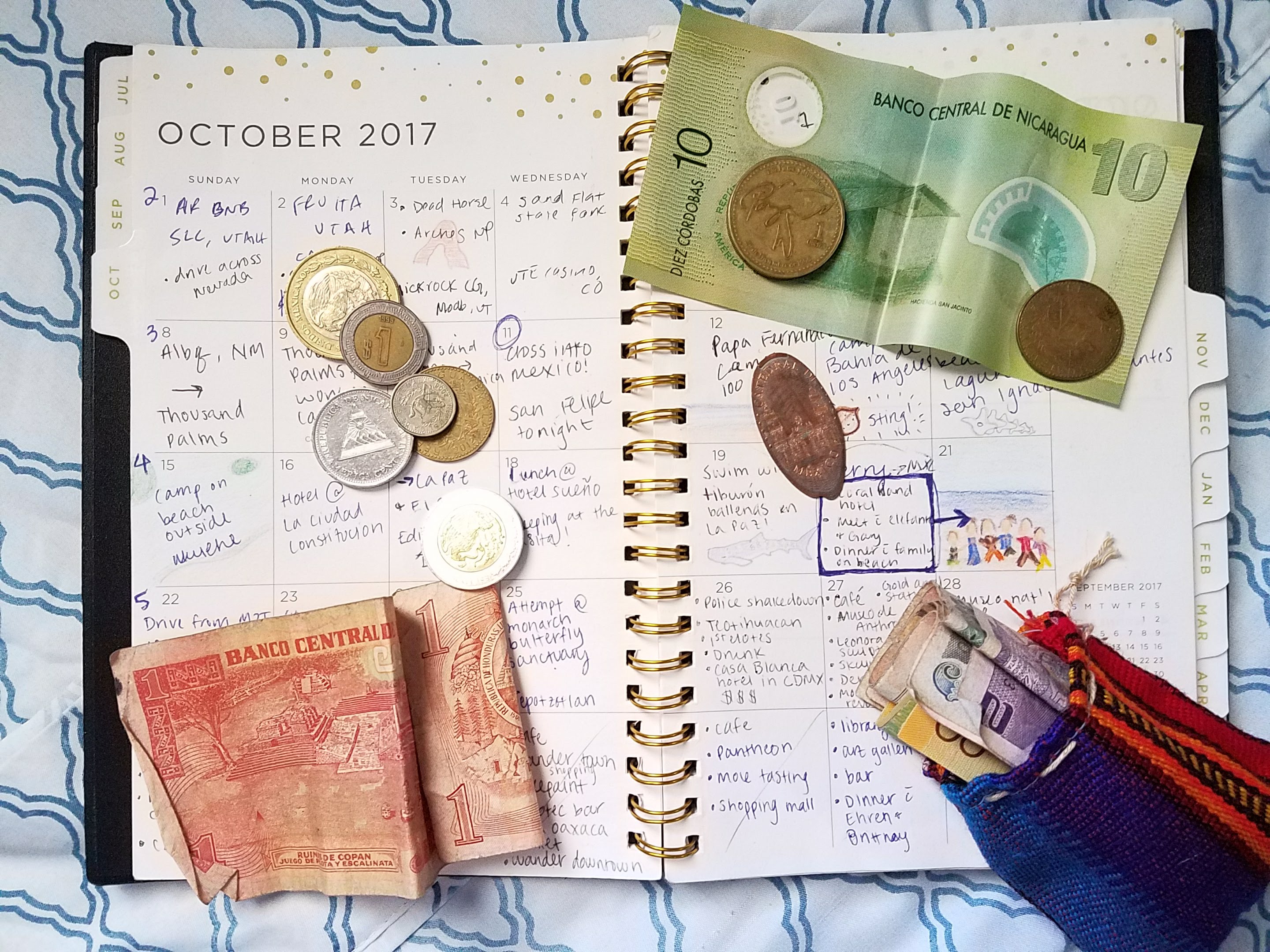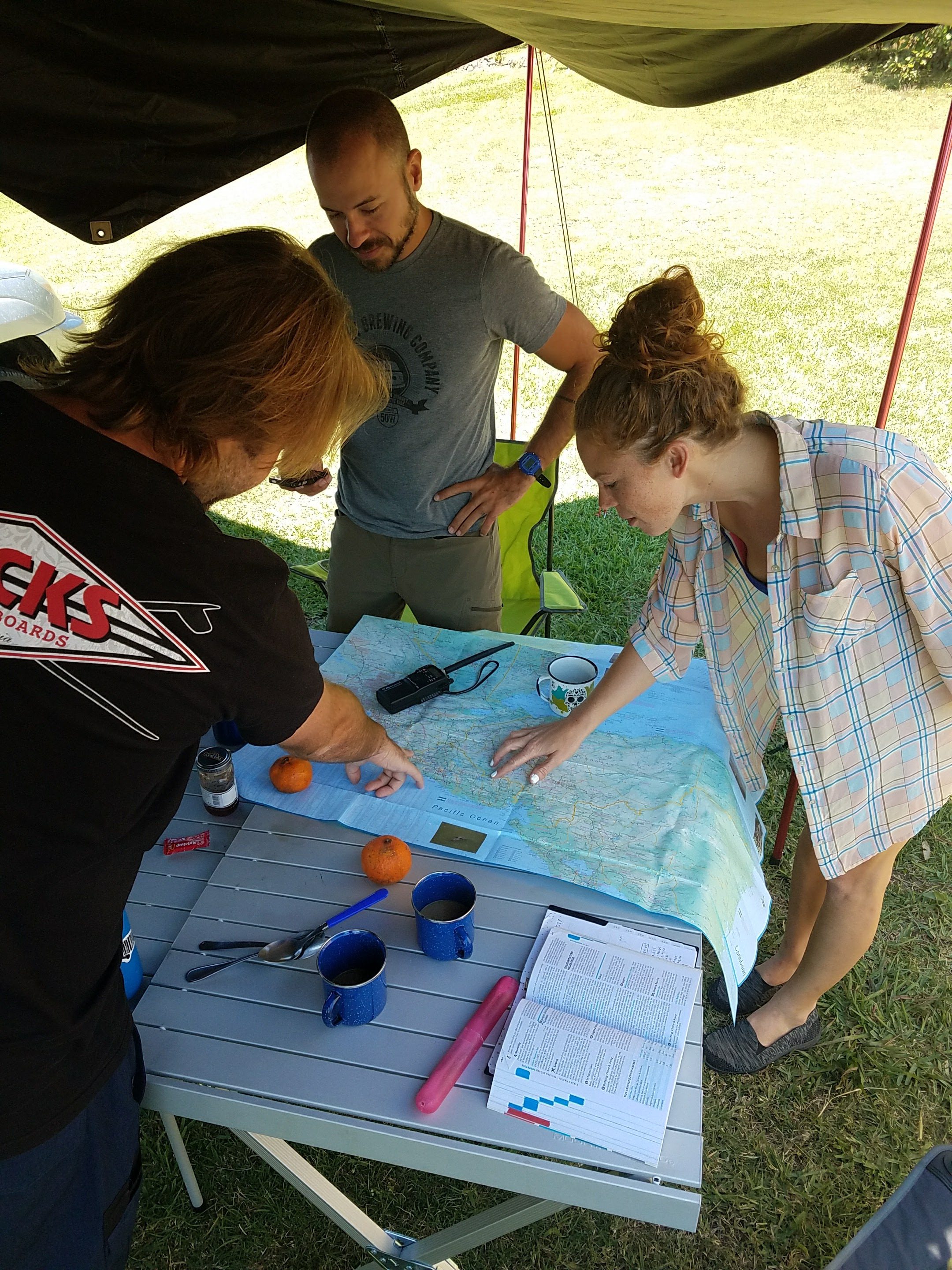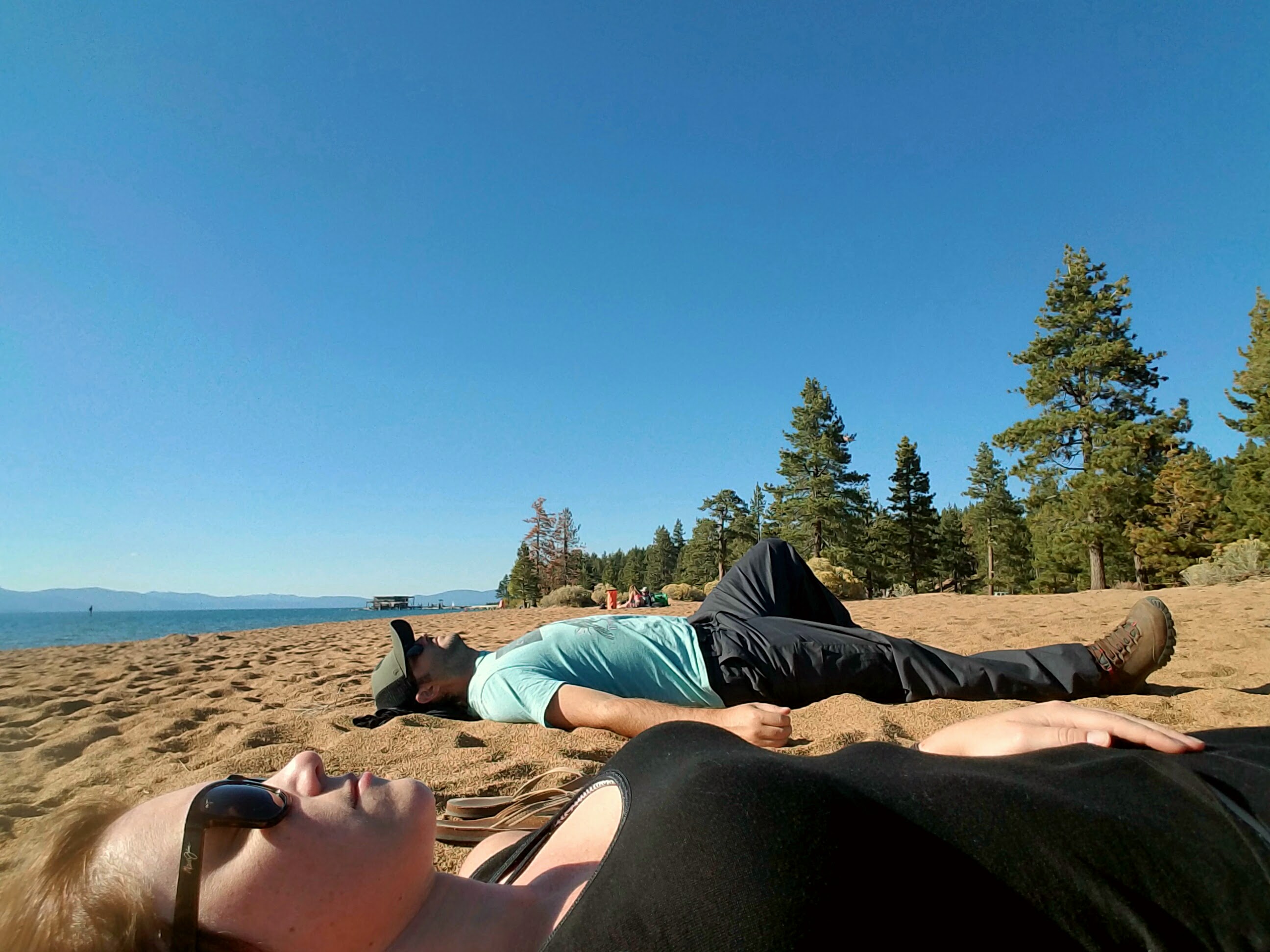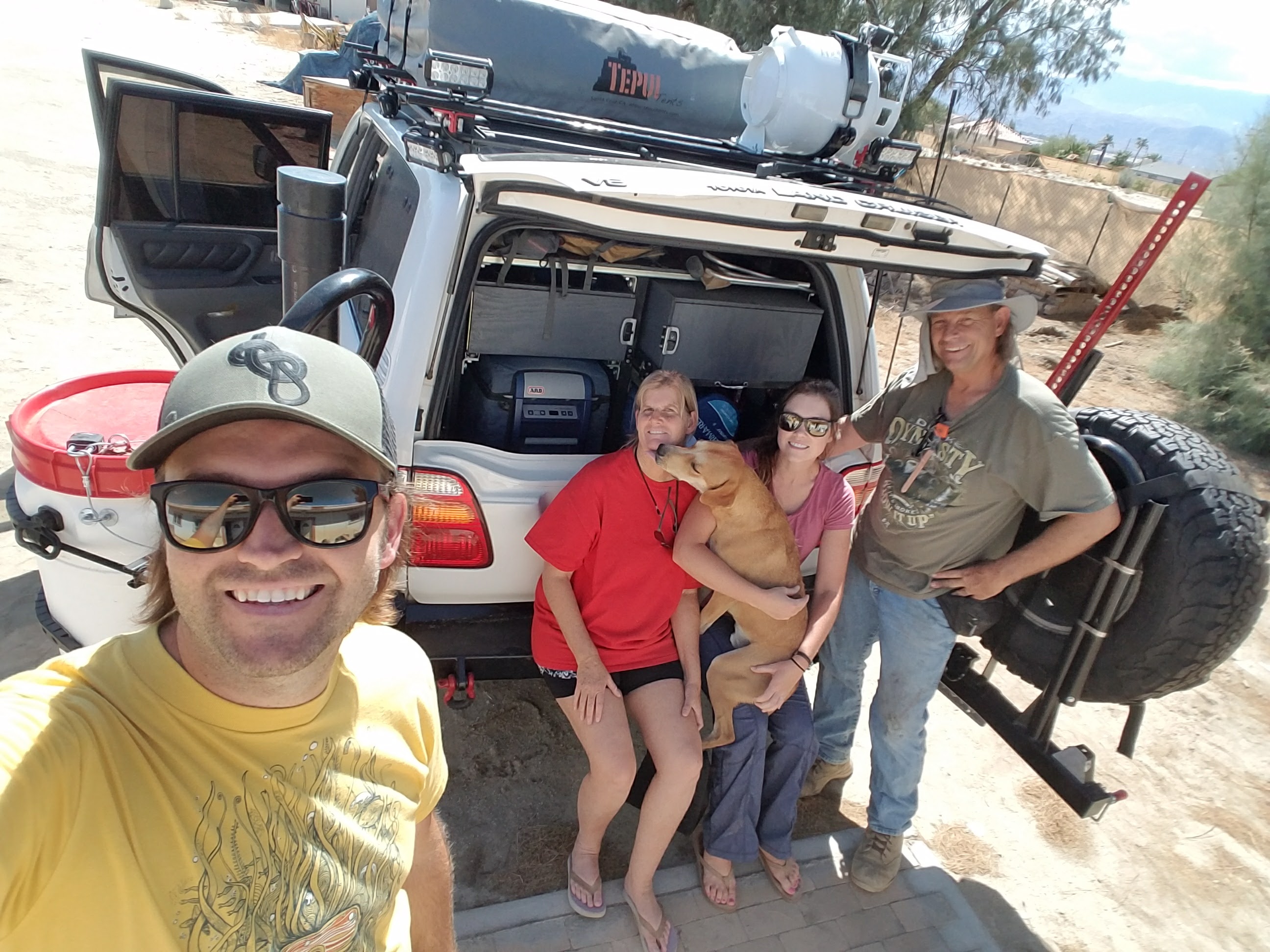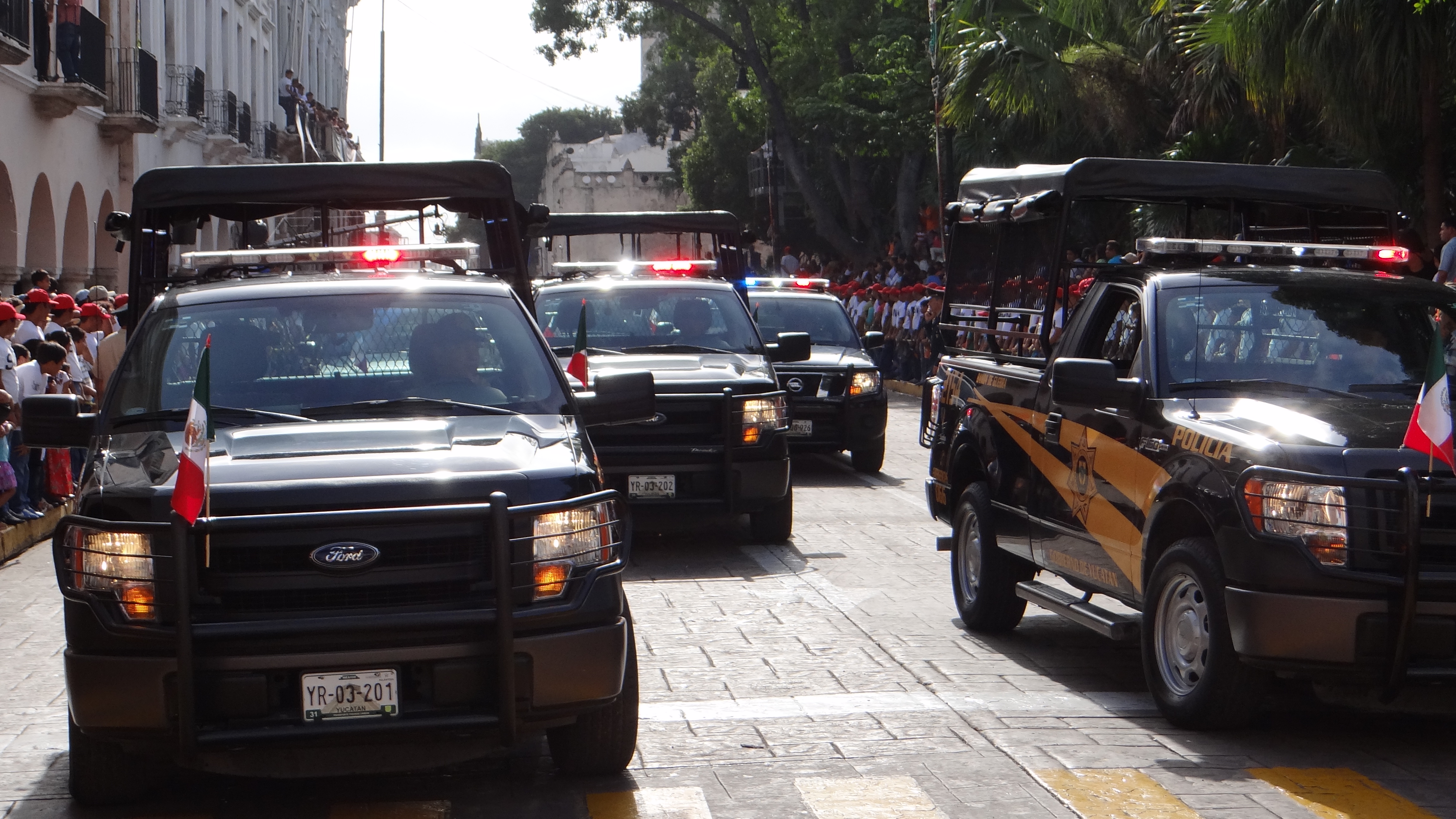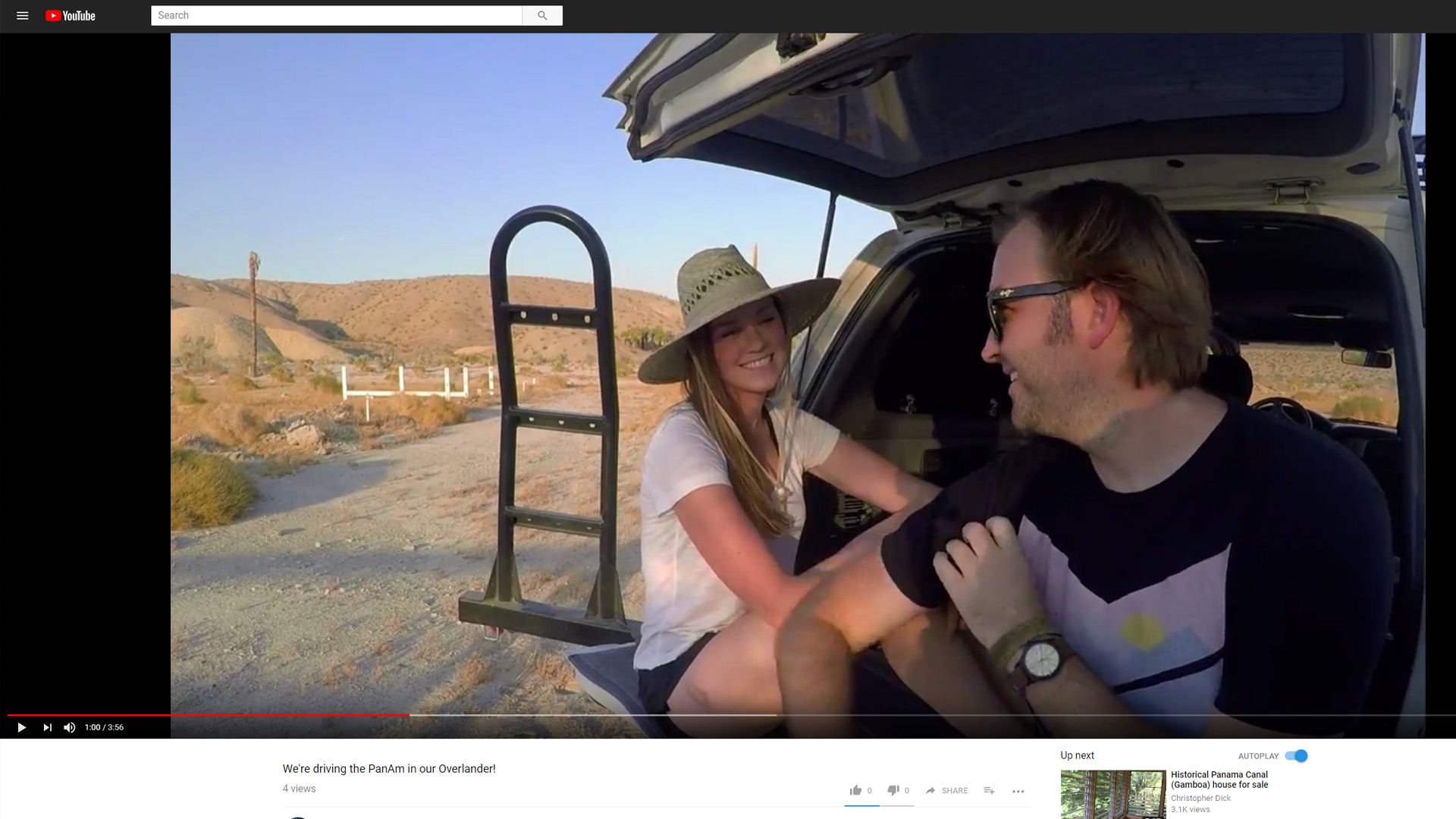Intro
If you’re traveling by car along the panam, you’re bound to hear about the Darien Gap. Shipping across the Darien Gap is the biggest, and possibly most widely known component of the panam trip. The Darien Gap is a section of land between Panama and Colombia that according to Wikipedia is, “a break in the Pan-American Highway consisting of a large swath of undeveloped swampland and forest.” I’ve heard of people talking about driving through it somehow, but I’ve never known anyone to do it. Everyone seems to ship their vehicle from Panama to Colombia or vice versa.
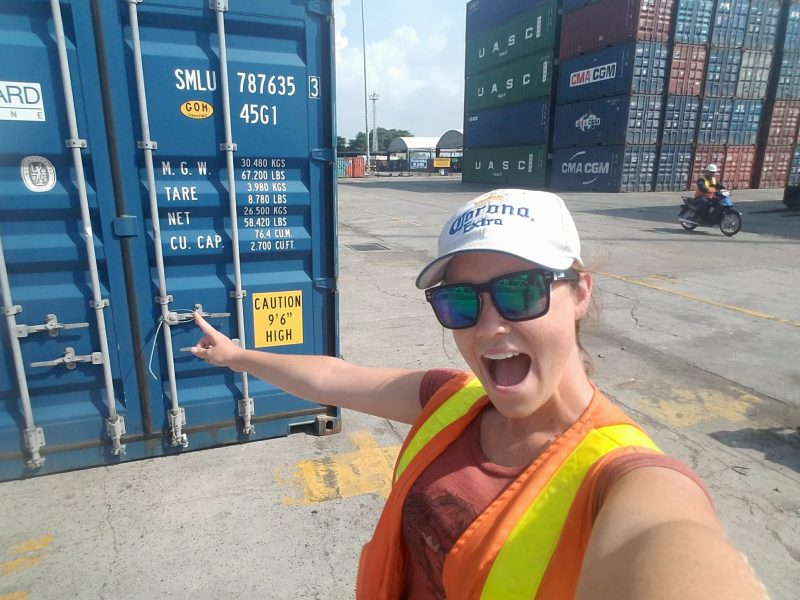
It takes a bit of planning to organize your crossing around the Darien Gap. Some people choose to rent a shipping container while others choose to do RORO (roll on, roll off). Pros and cons. With a pack n ship container you drive your car in, watch them lock it, and you’re there when it reopens after the crossing. With a RORO it is less expensive and is a good option if you’re a large rig, but you hand your car keys over to someone. We chose to rent a 40 foot shipping container from Ever Logistics. Below is an outline of our experience with shipping in a container. Read the full info here.
Getting an Agent (optional)
Firstly, we had an agent who organized the container and shipping for us. His name is Boris, he is commonly used in the overlanding community and has mixed reviews. His email is boris_jaramillo@hotmail.com and the website for the company he works for is https://www.carcrossingpanama.com/
Cost
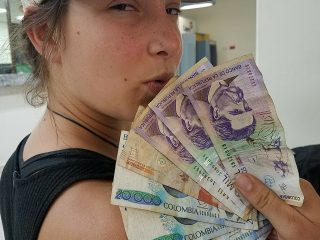 The total cost of our 40 foot container was $2,030 plus $150 per each motorcycle. The deposit is $300 and is paid one week before departure. We shipped our Landcruiser with another suv and two motorcycles in order to share the cost. I recommend getting people to share a container with you a couple of months in advance, then contacting Boris at least one month before departure, you have up until one week before shipping to finalize details. Panamerican Travelers Association on Facebook is a good place to find other travelers to share a container with, Boris may also know a few people.
The total cost of our 40 foot container was $2,030 plus $150 per each motorcycle. The deposit is $300 and is paid one week before departure. We shipped our Landcruiser with another suv and two motorcycles in order to share the cost. I recommend getting people to share a container with you a couple of months in advance, then contacting Boris at least one month before departure, you have up until one week before shipping to finalize details. Panamerican Travelers Association on Facebook is a good place to find other travelers to share a container with, Boris may also know a few people.
Setting up Shipment Date
Each ship departs a couple of times per week, sometimes there is a ship that also departs on Saturdays, but it is an additional $125. You will have to submit each cars measurements to ensure they all fit inside the container. Boris told us just days before inspection that the bikes and suvs would not all fit. It was too late to change plans for all parties and according to our math they would fit, so we decided to try to make them all fit the day of loading… they all fit. Whew!
DIJ Inspection
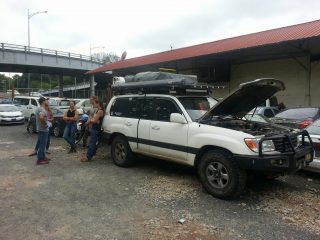 After you’ve booked your date of shipping, the first step is DIJ inspection. This can be done 1-7 days before loading and it takes the whole day. Keep in mind that the inspection cannot be done on the weekends or holidays and must be done at least a day in advance of loading (We had to inspect on Friday due to a holiday on Monday). The office is in Panama City. We arrived at 8am for an early ticket after which you wait awhile until the inspector is ready to inspect all of the cars. The inspection itself only takes a few minutes. The inspector just wanted to verify the VIN number and engine, that was it! You have to return at 02:00 pm to pickup a document that certificates your car passed inspection, it is at the government building across the street. The document has 8 days of validity once it is printed.
After you’ve booked your date of shipping, the first step is DIJ inspection. This can be done 1-7 days before loading and it takes the whole day. Keep in mind that the inspection cannot be done on the weekends or holidays and must be done at least a day in advance of loading (We had to inspect on Friday due to a holiday on Monday). The office is in Panama City. We arrived at 8am for an early ticket after which you wait awhile until the inspector is ready to inspect all of the cars. The inspection itself only takes a few minutes. The inspector just wanted to verify the VIN number and engine, that was it! You have to return at 02:00 pm to pickup a document that certificates your car passed inspection, it is at the government building across the street. The document has 8 days of validity once it is printed.
Loading Day
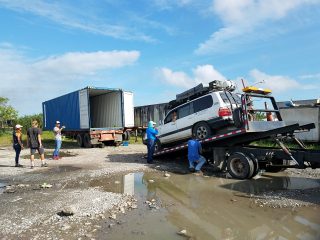 Boris will send you an email with the address of the meeting place somewhere in Colon; we met in front of a Pizza Hut at 7am (His dad was there at 8am). From there you will follow him to the junk yard where you load the vehicles. Afterwards you go to customs to hand over paperwork, then a nearby location to Boris’s office for payment. Payment can be done by cash or bank transfer ($25 charge) and is paid after the car is loaded. $1750 was paid in Panama, and $350 was paid upon pickup in Colombia. We were out of there by about noon. From there we took a bus back to Panama City for about $3 per person.
Boris will send you an email with the address of the meeting place somewhere in Colon; we met in front of a Pizza Hut at 7am (His dad was there at 8am). From there you will follow him to the junk yard where you load the vehicles. Afterwards you go to customs to hand over paperwork, then a nearby location to Boris’s office for payment. Payment can be done by cash or bank transfer ($25 charge) and is paid after the car is loaded. $1750 was paid in Panama, and $350 was paid upon pickup in Colombia. We were out of there by about noon. From there we took a bus back to Panama City for about $3 per person.
Getting Your Vehicle
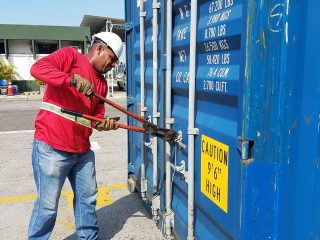 If you’re traveling from Panama to Colombia, the ship will arrive in Cartagena, Colombia. It takes 2-3 days for the car to arrive in Cartagena and you go through the process of picking up the car the following day. All drivers must be present when unloading the cars from the shipping container. There is a 3 day grace period of picking up the vehicles, afterwards there is an approximate $20/day charge. Getting our cars back was a three day process. First we went to the shipping office in Cartagena, he sent us to a nearby building to handover information to the inspector, then return to turn everything in and set up an appointment with the inspector. The next day we opened the containers and reparked the cars in the shipyard lot to await inspection. The next day we arrived at 8am and were allowed to drive the cars out by noon. From there we got car insurance (listed on ioverlander) and were FINALLY done! It was a very long process that I am glad to have behind us.
If you’re traveling from Panama to Colombia, the ship will arrive in Cartagena, Colombia. It takes 2-3 days for the car to arrive in Cartagena and you go through the process of picking up the car the following day. All drivers must be present when unloading the cars from the shipping container. There is a 3 day grace period of picking up the vehicles, afterwards there is an approximate $20/day charge. Getting our cars back was a three day process. First we went to the shipping office in Cartagena, he sent us to a nearby building to handover information to the inspector, then return to turn everything in and set up an appointment with the inspector. The next day we opened the containers and reparked the cars in the shipyard lot to await inspection. The next day we arrived at 8am and were allowed to drive the cars out by noon. From there we got car insurance (listed on ioverlander) and were FINALLY done! It was a very long process that I am glad to have behind us.
Conclusion
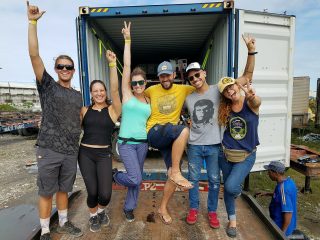 The whole process from inspection to driving away with our cars took two weeks. Five of those days were dedicated to the process (DIJ day, loading day, arrival day paperwork, unloading and inspection day, final paperwork and driving away day). It is a headache that for cars seems unavoidable. For motorcycles however, flying with them seems the easier, though possibly more expensive, option. Navigating the shipping process of the Darien Gap can be stressful, but hopefully this post has been helpful and informative to you. Comment below if there are any questions I didn’t address. Good luck fellow overlanders!!
The whole process from inspection to driving away with our cars took two weeks. Five of those days were dedicated to the process (DIJ day, loading day, arrival day paperwork, unloading and inspection day, final paperwork and driving away day). It is a headache that for cars seems unavoidable. For motorcycles however, flying with them seems the easier, though possibly more expensive, option. Navigating the shipping process of the Darien Gap can be stressful, but hopefully this post has been helpful and informative to you. Comment below if there are any questions I didn’t address. Good luck fellow overlanders!!
Tips:
- Make copies of everything.
- Be very clear with your agent. We did not hear about unknown holidays and measurement issues until last minute.
- If you plan on paying cash, pull it out well enough in advance if you have a max you can pull out per day.
- Plan for a long process and roll with the punches.

